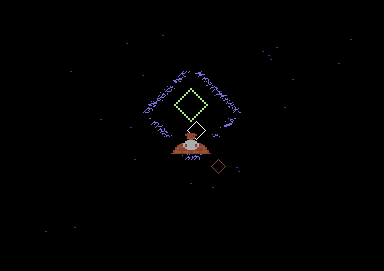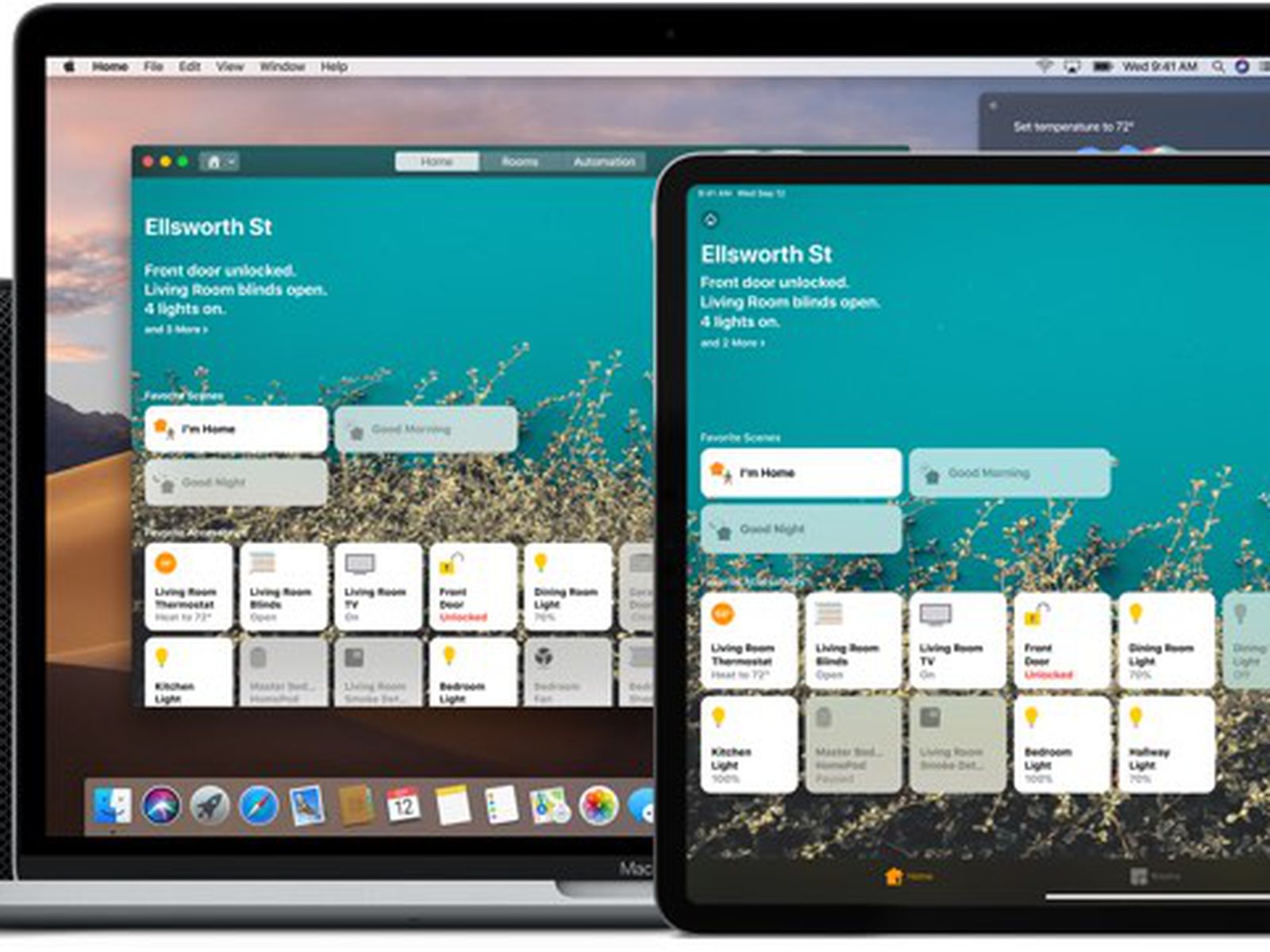Master Of The Lamps Mac OS
- Master Of The Lamps Mac Os Update
- Master Of The Lamps Mac Os 11
- Master Of The Lamps Mac Os Download
- Master Of The Lamps Mac Os Catalina
- Master Of The Lamps Mac Os 11
Master Of The Lamps Mac Os Update
What is a LAMP stack?

- Learn more about the time-tested stack used throughout the open source community
- Program with a dynamic language you can quickly get into and see results
- Build on customizable modules to create and deploy web apps your way
- Add valuable new knowledge and skills to your resume
You may have heard something about the LAMP stack. That wouldn’t be surprising, since some of today’s most popular open source web applications — for example, WordPress and Drupal — run on LAMP.
Choose from our selection of lamps, including light bulbs, miniature light bulbs, and more. In stock and ready to ship.

But LAMP has a lot more to its credit. It was one of the first open source software stacks for the web and remains one of the most common ways to deliver web applications. It is so widely used that you are likely to encounter it frequently during your career as you update or host existing applications. And it is considered by many to be the platform of choice for developing new custom web apps.
Stable, simple, powerful—these are words most often used to describe LAMP. All of this makes it well worth learning about and a valuable addition to any developer’s resume.
Amongst all our games, you can download Master of Dimensions, Master of Magic, Master of Magic, Master of Monsters, Master of Orion. Feel free to browse! The lamp is made up of two layers, the first layer is trying to represent the brightness of the city which is the exterior of the lamp. The second layer is inside the lamp, you can not really see it unless turning the light on. The pattern inside different lamps are trying to find the unique elements from the city of Seattle.” – Yang Su. Forget your Mac's Password? Here's how you can get back in. It's easy to panic if you're locked out of your Mac, but you can reset the password and get access back in minutes thanks to Apple's.
Are you ready for some hands-on exploration? IBM offers a simple tutorial for deploying a LAMP stack using open source Terraform configuration software on IBM Cloud.
Components
LAMP stands for Linux, Apache, MySQL, and PHP. Together, they provide a proven set of software for delivering high-performance web applications. Each component contributes essential capabilities to the stack:
- Linux: The operating system. Linux is a free and open source operating system (OS) that has been around since the mid-1990s. Today, it has an extensive worldwide user base that extends across industries. Linux is popular in part because it offers more flexibility and configuration options than some other operating systems.
- Apache: The web server. The Apache web server processes requests and serves up web assets via HTTP so that the application is accessible to anyone in the public domain over a simple web URL. Developed and maintained by an open community, Apache is a mature, feature-rich server that runs a large share of the websites currently on the internet.
- MySQL: The database. MySQL is an open source relational database management system for storing application data. With My SQL, you can store all your information in a format that is easily queried with the SQL language. SQL is a great choice if you are dealing with a business domain that is well structured, and you want to translate that structure into the backend. MySQL is suitable for running even large and complex sites. See 'SQL vs. NoSQL Databases: What's the Difference?' for more information on SQL and NoSQL databases.
- PHP: The programming language. The PHP open source scripting language works with Apache to help you create dynamic web pages. You cannot use HTML to perform dynamic processes such as pulling data out of a database. To provide this type of functionality, you simply drop PHP code into the parts of a page that you want to be dynamic.
PHP is designed for efficiency. It makes programming easier—and a bit more fun—by allowing you to write new code, hit refresh, and immediately see the resulting changes without the need for compiling. If you prefer, you can swap out PHP in favor of Perl or the increasingly popular Python language.
LAMP has a classic layered architecture, with Linux at the lowest level. The next layer is Apache and MySQL, followed by PHP. Although PHP is nominally at the top or presentation layer, the PHP component sits inside Apache.
How the elements work together
A high-level look at the LAMP stack order of execution shows how the elements interoperate. The process starts when the Apache web server receives requests for web pages from a user’s browser. If the request is for a PHP file, Apache passes the request to PHP, which loads the file and executes the code contained in the file. PHP also communicates with MySQL to fetch any data referenced in the code.
PHP then uses the code in the file and the data from the database to create the HTML that browsers require to display web pages. The LAMP stack is efficient at handling not only static web pages, but also dynamic pages where the content may change each time it is loaded depending on the date, time, user identity and other factors.
After running the file code, PHP then passes the resulting data back to the Apache web server to send to the browser. It can also store this new data in MySQL. And of course, all of these operations are enabled by the Linux operating system running at the base of the stack.
Flexibility
Although LAMP uses Linux as the OS, you can use the other components with an alternative OS to meet your specific needs. For example, there is a WAMP stack, which uses Microsoft Windows; MAMP with the Mac OS; and even WIMP, using Windows and the Internet Information Services webserver from Microsoft.
Because LAMP is all open source and non-proprietary, you can avoid lock-in. You have the flexibility to select the right components for specific projects or business requirements.
Master Of The Lamps Mac Os 11
LAMP offers flexibility in other ways as well. Apache is modular in design, and you will find there are existing, customizable modules available for many different extensions. These modules range from support for other languages to authentication capabilities.
Another advantage of LAMP is its secure architecture and well-established encryption practices that have been proven in the enterprise.
Efficiency
LAMP can help you reduce development time. Because LAMP is an open source stack that has been available for more than a decade, there is today a substantial LAMP ecosystem. You can build on what other people have done in the past and make it your own. Work within an Apache module that gets you 80% of the way there, customize the last 20%, and save considerable time as a result.
Master Of The Lamps Mac Os Download
LAMP stack and IBM
Master Of The Lamps Mac Os Catalina
Technology can become complex, obscuring the basic workings of the software. A LAMP stack gets back to basics, taking you a little closer to the technical serving of web pages and how that is done. You might also say it’s a pure way to create an application. You have your database, your scripting language, and a way to serve it to clients—that’s LAMP.
Master Of The Lamps Mac Os 11
Are you ready for some hands-on exploration? IBM offers a simple tutorial for deploying a LAMP stack using open source Terraform configuration software on the IBM Cloud.
Sign up and create your IBM Cloud account.